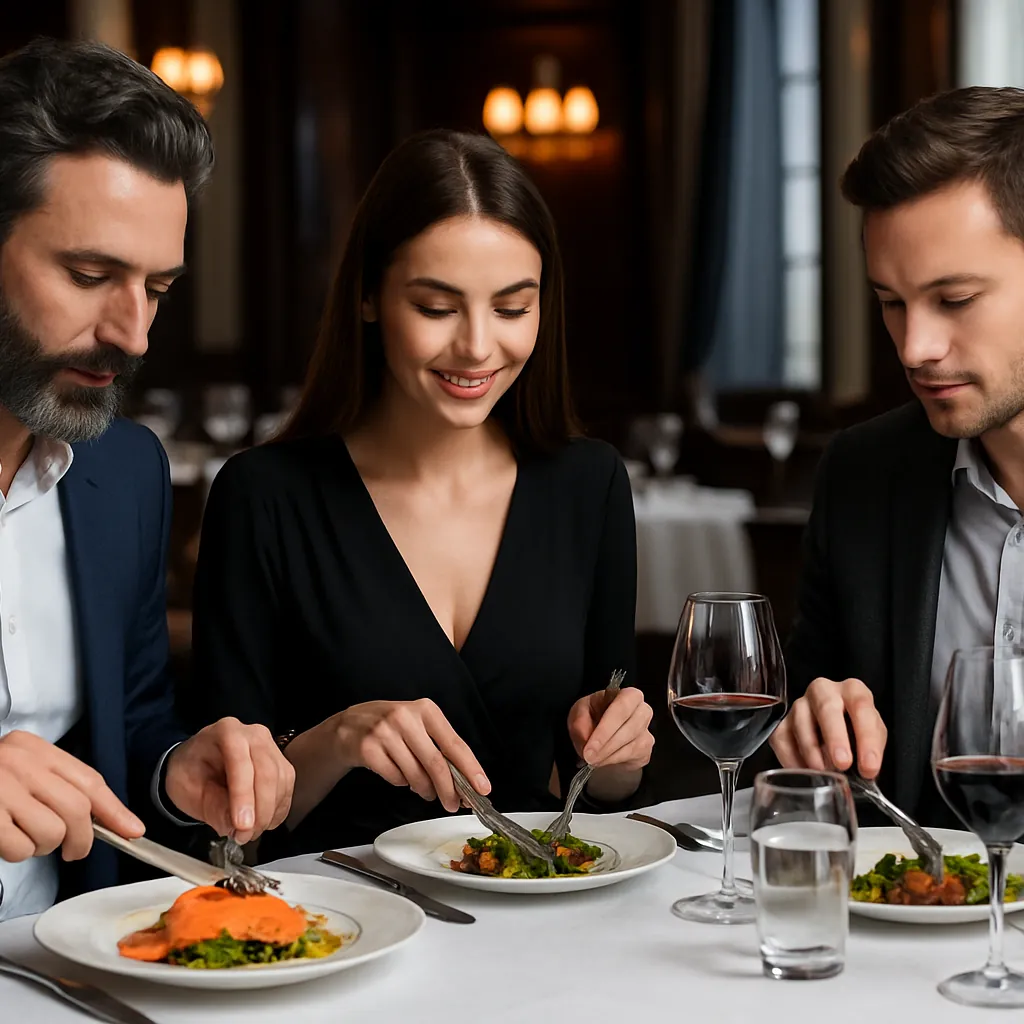In today’s fast-paced and visually driven world, owning a restaurant requires more than just good food and friendly service. If your goal is to attract and retain loyal diners, you need to show up consistently and authentically online. That’s where content marketing comes in. When done right, it allows restaurant owners to connect with potential guests, build brand recognition, and increase foot traffic—all without an enormous budget.
Content marketing is about telling the story behind your food, your team, and your space. Whether you run a casual food truck or a fine dining venue, the right content strategy can elevate your restaurant from unknown to unforgettable. But how exactly can you use content to make an impact? Let’s break down the essential content marketing tips every restaurant owner should know.
Define Your Brand Before You Post
Before you begin creating or sharing anything, you need clarity about your brand. What kind of experience do you offer? Are you a trendy, modern eatery? A family-friendly place with comfort food? A cozy neighborhood café? Your content should reflect that identity in everything from tone and imagery to the type of content you share.
Understanding your target audience is also crucial. Are you trying to reach young professionals looking for a stylish brunch spot or families searching for an affordable dinner location? Once your brand voice and customer profile are clear, your content becomes easier to tailor—and more effective at attracting the right people.
Quality Visuals Are Non-Negotiable
When it comes to restaurant marketing, visuals can make or break a customer’s first impression—especially on social media. Eye-catching imagery doesn’t just showcase your food; it tells a story, evokes emotion, and invites people in. Here are some essential tips to help your visuals stand out:
-
People eat with their eyes first, especially online.
-
High-quality visuals are among the most effective tools a restaurant can use to attract attention.
-
Investing in a professional food photographer or even learning some basic photography skills yourself can make a massive difference in how your food appears on screen.
-
Good lighting, vibrant colors, and thoughtful composition are key.
-
Show off your best dishes, cocktails, and desserts in natural light.
-
Highlight details like steam rising off a freshly cooked meal, or a chef plating a dish in action.
-
Video content also performs well—especially short, engaging clips that show your kitchen, staff, or special preparations.
Plan Ahead with a Content Calendar
Posting randomly doesn’t yield results. Like everything else in your business, your content needs structure and planning. A content calendar helps you stay organized and ensures consistency across your platforms. Start by mapping out your weekly or monthly schedule. Think about what you want to promote—whether it’s happy hour, seasonal specials, events, or new menu items.
Balancing different types of posts also keeps your audience engaged. For example, one day you might share a behind-the-scenes video from the kitchen, while another day you might feature a customer review or announce a limited-time offer. Planning ahead prevents content gaps and lets you align your marketing with business goals like reservations or takeout orders.
Tell a Story, Don’t Just Sell
Great marketing isn’t just about selling—it’s about connecting. And one of the most powerful ways to create that connection is through storytelling. By sharing the heart behind your restaurant, you invite people into your world and give them something to relate to beyond the menu.
-
One of the biggest advantages of content marketing is the ability to tell stories.
-
Rather than just promoting products or discounts, share the “why” behind your dishes and the people who create them.
-
Storytelling builds connection, and connection builds loyalty
Talk about the local farms you source from, the inspiration behind your newest recipe, or how your family started the business. Even small moments—like a customer’s special celebration in your restaurant—can become meaningful content. These personal stories remind people there are real humans behind the business, and that emotional link often turns followers into customers.
Engage With Your Community Online
Marketing isn’t just about broadcasting messages—it’s also about listening and interacting. Respond to comments, thank people for reviews, and engage with other local businesses online. When people tag your restaurant in a post, share it to your stories. Show your appreciation publicly and frequently.
User-generated content, in particular, is powerful. Encouraging diners to post their meals, check in at your location, or use a branded hashtag helps create organic visibility. These posts serve as social proof and often reach new customers through peer-to-peer influence.
Make the Most of Seasonal and Local Content
Relevance drives engagement. That means your content should reflect not just what’s on your menu, but what’s happening in your city, your community, and the season. Sharing seasonal dishes or drinks, posting about holidays, or supporting local events can give your content a timely feel.
-
If fall is approaching, showcase cozy foods and warm beverages.
-
Around Valentine’s Day, highlight romantic table setups or prix fixe menus.
-
During summer, lean into outdoor dining and refreshing cocktails.
-
Even local weather or news events can provide inspiration for relevant content that feels timely and relatable to your audience
Optimize Your Website with Content
While social media often gets most of the attention, your website is your digital home—and it should include valuable content. A blog section can help boost SEO, bringing new visitors through organic search. Consider publishing short articles about your ingredients, kitchen tips, local supplier stories, or even how-to guides for recreating certain dishes at home.
Other web content like photo galleries, video embeds, or downloadable menus can further enhance the experience for first-time visitors. Not only does this improve search engine rankings, but it also positions your restaurant as more professional, trustworthy, and engaging.
Partner with Local Influencers
Influencer marketing doesn’t always mean working with celebrities. Micro-influencers—those with smaller but highly engaged local followings—can be incredibly effective, especially for restaurants. These content creators often live nearby and speak directly to your target audience.
-
Start by identifying influencers who align with your restaurant’s values and aesthetic.
-
Look at their content quality, tone, and how often their audience engages with them.
-
Reach out with a genuine message, and consider offering a free meal or experience in exchange for exposure.
-
The goal is not just visibility but trust—something local influencers often have in abundance
Reuse and Repurpose Existing Content
Creating content takes time and effort, so it makes sense to get the most out of it. Repurposing allows you to extend the life of your best-performing content across different formats and platforms. For example, a blog post can be condensed into a series of Instagram captions. A customer testimonial video can be edited into short clips for reels or TikTok. A recipe post can be turned into a newsletter feature.
The more you repurpose, the more consistent and visible your brand becomes—without doubling your workload. This approach also allows you to cater to different audience preferences, whether they prefer video, photos, or written content.
Track Performance and Evolve Your Strategy
Effective marketing is never static. What works today might not work in six months. That’s why it’s essential to track how your content performs. Use analytics tools provided by platforms like Instagram, Facebook, or Google to evaluate engagement, reach, and conversion.
Pay attention to which types of posts generate the most likes, shares, comments, or bookings. Are videos outperforming photos? Are people responding well to your storytelling posts? Let the data guide your decisions. Adjust your strategy based on what your audience is telling you through their behavior.








